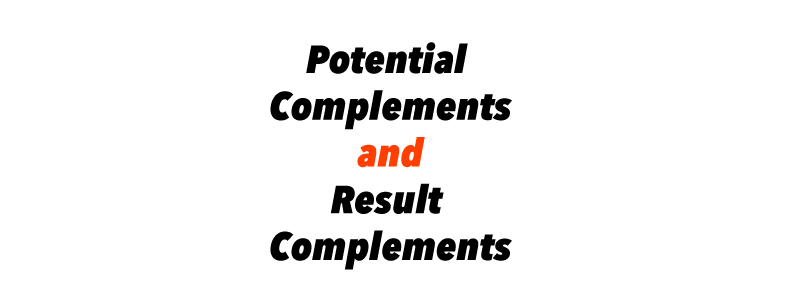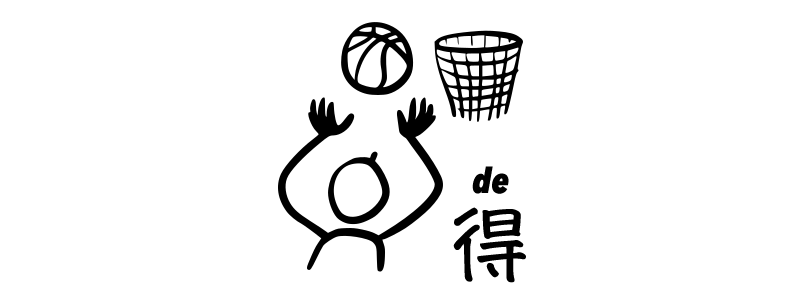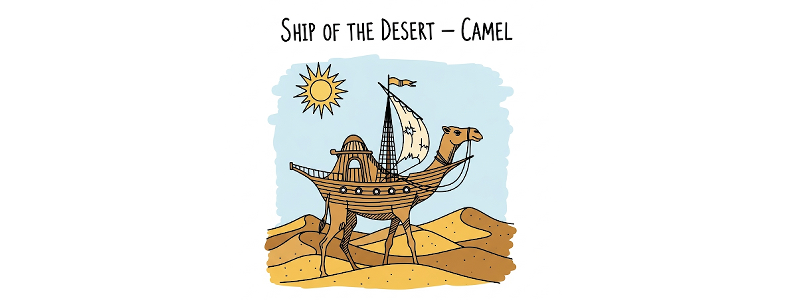There’s a small menu in the bottom right corner where you can choose how you want to review. Options include:
Author: tiffany
Chinese Complement – 好 hǎo & 起 qǐ
In Chinese, some complements show results or ability. 好 hǎo is used to express that something is completed or ready, while 起 qǐ is used to express whether someone can or cannot manage, afford, or bear something. 好 hǎo It shows that something has been completed well, finished properly, or is ready. 東西dōngxī已經yǐjīng買mǎi好hǎo了le东西dōngxi已经yǐjīng买mǎi好hǎo了leThe things have already been bought (ready)….
State Complement – 得 de
In Chinese, state complement 得 de is used after a verb or adjective to show how well, how much, or to what degree something happens. It connects the action with its result, state, or manner. Structure V or Adj. + 得 + Description 他tā累lèi得de走不動zǒubúdòng了le他tā累lèi得de走不动zǒubúdòng了leHe was so tired that he couldn’t walk anymore. 孩子háizi高興gāoxìng得de跳tiào了le起來qǐlái孩子háizi高兴gāoxìng得de跳tiào了le起来qǐláiThe child was so happy that he jumped up. 他tā飽bǎo得de快kuài吐tù了le他tā饱bǎo得de快kuài吐tù了leHe…
Scope Adverbs – 尽 jìn and 净 jìng
Grammar Point:In Chinese, some adverbs don’t just describe how an action happens. They set the range or limit of the action. These are called scope adverbs. They show “how much, to what extent, or within what limit” something happens. Two common ones are 盡尽 jìn and 淨净 jìng, but they work very differently. 盡尽 jìn 盡尽 jìn makes an action reach its maximum. It means do…
Complement – 會 huì & 見 jiàn
Chinese verbs are not just about actions; they also show how verbs can express the result of the action. In this article, we’ll explore three common complements: 會会 huì and 見见 jiàn, and see how these small words can completely change the meaning of a sentence. 會会 huì – to learn / to master It indicates that an…
HSK5 Reading Practice – The Relationship Between Humans and Pets
HSK5 Reading Practice Remember to use the menu at the top right of the article to switch between Traditional and Simplified Chinese. Vocabulary 情感qínggǎn情感qínggǎnemotion, feeling 她tā把bǎ真實zhēnshí的de情感qínggǎn寫xiě進jìn了le日記rìjì裡lǐ她tā把bǎ真实zhēnshí的de情感qínggǎn写xiě进jìn了le日记rìjì里lǐShe wrote her true feelings into her diary. 依賴yīlài依赖yīlàito depend on 他tā太tài依賴yīlài朋友péngyǒu的de幫助bāngzhù, 缺乏quēfá獨立性dúlìxìng他tā太tài依赖yīlài朋友péngyou的de帮助bāngzhù, 缺乏quēfá独立性dúlìxìngHe depends too much on his friends’ help and lacks independence. 陪伴péibàn陪伴péibànto accompany 朋友péngyǒu的de陪伴péibàn讓ràng我wǒ覺得juéde很hěn安心ānxīn朋友péngyou的de陪伴péibàn让ràng我wǒ觉得juéde很hěn安心ānxīnThe company of friends…
B2 L2 Vocabulary and Practice
There’s a small menu in the bottom right corner where you can choose how you want to review. Options include:
Complement – 懂 dǒng, 完 wán &了 liǎo
Chinese verbs are not just about actions; they also show how verbs can express results, completion, and capability. In this article, we’ll explore three common complements: 懂 dǒng, 完 wán, and 了 liǎo, and see how these small words can completely change the meaning of a sentence. 懂 dǒng – to understand / comprehend It shows that someone understands…
HSK4 Reading Practice – Ship Of The Desert
HSK4 Reading Practice Remember to use the menu at the top right of the article to switch between Traditional and Simplified Chinese. Vocabulary 地區dìqū地区dìqūarea, region 這個zhège地區dìqū的de人rén都dōu說shuō同一tóngyī種zhǒng語言yǔyán这个zhège地区dìqū的de人rén都dōu说shuō同一tóngyī种zhǒng语言yǔyánPeople in this region all speak the same language. 沙漠shāmò沙漠shāmòdesert 撒哈拉sāhālā是shì世界shìjiè上shàng最zuì大dà的de沙漠shāmò撒哈拉sāhālā是shì世界shìjiè上shang最zuì大dà的de沙漠shāmòThe Sahara is the largest desert in the world. 環境háijìng环境háijìngenvironment 我們wǒmen要yào一起yìqǐ保護bǎohù自然zìrán環境háijìng我们wǒmen要yào一起yìqǐ保护bǎohù自然zìrán环境háijìngWe should protect the natural environment together. 駱駝luòtuó骆驼luòtuócamel 駱駝luòtuó可以kěyǐ幾jǐ天tiān不bù喝水hēshuǐ骆驼luòtuó可以kěyǐ几jī天tiān不bù喝水hēshuǐCamels can…
HSK3 Reading Practice – The Lazy Tiger
HSK3 Reading Practice Remember to use the menu at the top right of the article to switch between Traditional and Simplified Chinese. Vocabulary 森林sēnlín森林sēnlínforest 這zhè森林sēnlín裡lǐ有yǒu很hěn多duō動物dòngwù这zhè森林sēnlín里lǐ有yǒu很hěn多duō动物dòngwùThere are many animals in the forest here. 懶惰lǎnduò懒惰lǎnduòlazy 他tā很hěn懶惰lǎnduò, 不bù喜歡xǐhuān做zuò作業zuòyè他tā很hěn懒惰lǎnduò, 不bù喜欢xǐhuan做zuò作业zuòyèHe is lazy and doesn’t like to do homework. 經常jīngcháng经常jīngchángoften 我wǒ經常jīngcháng去qù圖書館túshūguǎn學習xuéxí我wǒ经常jīngcháng去qù图书馆túshūguǎn学习xuéxíI often go to the library to study. 猴子hóuzi猴子hóuzimonkey 猴子hóuzi很hěn聰明cōngmíng,…







